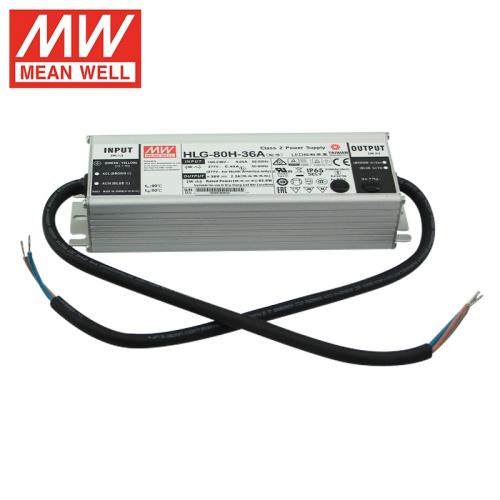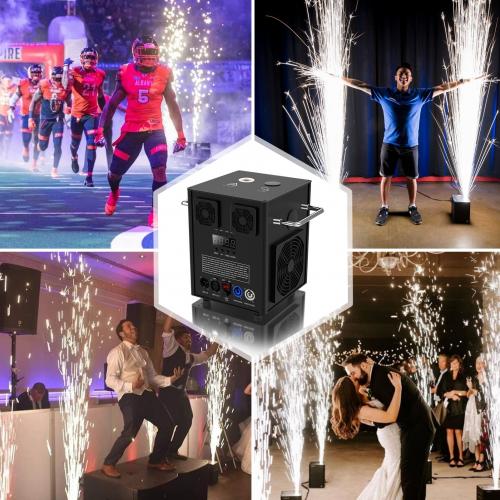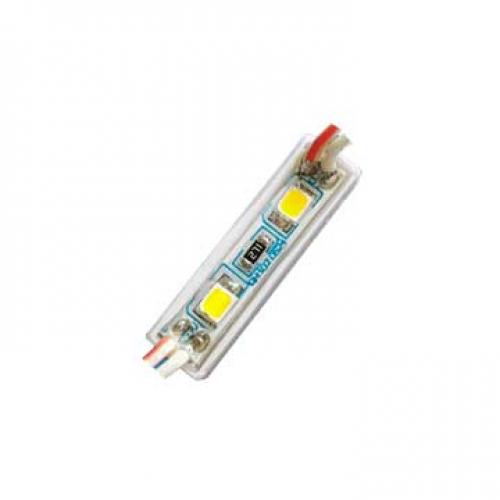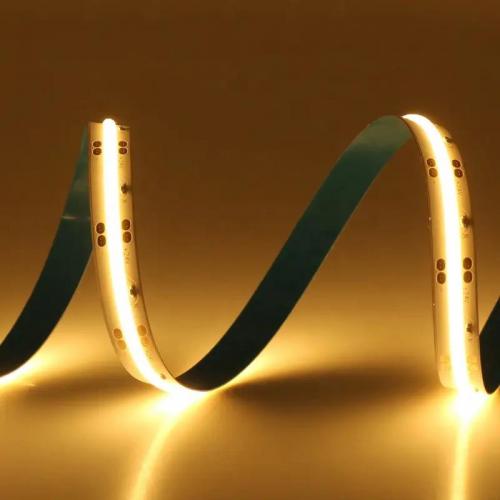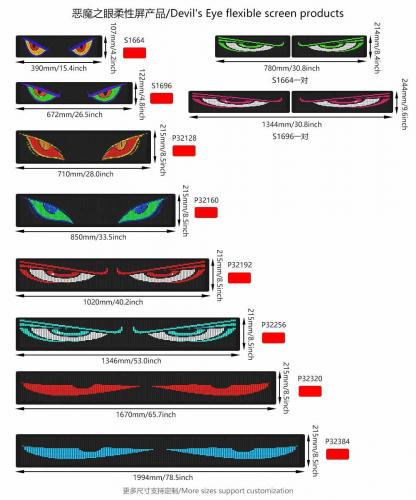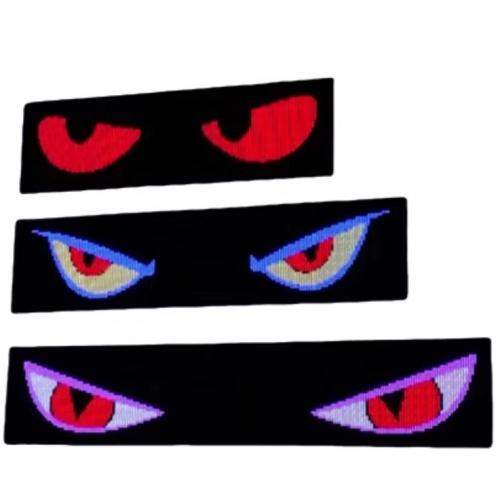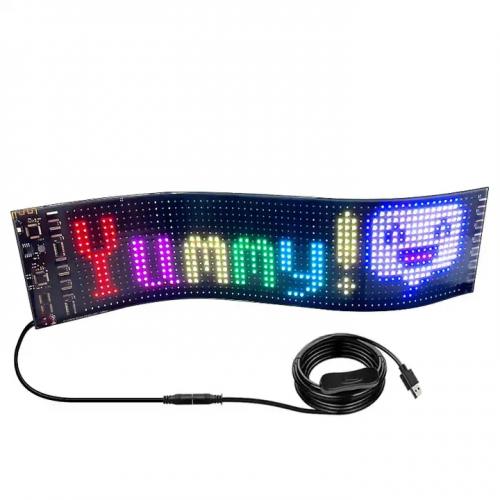What is a flexible LED display?

Flexible LED displays are a revolutionary advancement in the field of digital display technology, offering versatility and adaptability that traditional rigid displays cannot match. As the name suggests, these displays are designed to bend, curve, and twist, allowing for creative installations that conform to various shapes and surfaces. This capability opens up a myriad of possibilities for businesses, advertisers, and designers looking to make a visual impact in unconventional spaces.
At the core of flexible LED displays is the use of light-emitting diodes (LEDs), which are semiconductor devices that emit light when an electric current passes through them. These LEDs are mounted on a flexible substrate, typically made from materials such as plastic or flexible metal, which can be manipulated into different shapes without compromising the functionality of the display. The flexibility of these displays is achieved through innovative engineering techniques that ensure the LEDs remain securely attached to the substrate while allowing movement.
One of the primary benefits of flexible LED displays is their ability to conform to architectural features and design elements. This makes them ideal for applications in environments where traditional flat screens would be impractical or aesthetically unappealing. For example, they can be wrapped around columns, curved walls, or even shaped into three-dimensional forms, providing a seamless integration into the surrounding environment. This adaptability is particularly beneficial in retail spaces, entertainment venues, and public areas where maximizing visual impact is crucial.
Another significant advantage of flexible LED displays is their lightweight and thin design. Unlike conventional displays that require robust mounting structures, flexible LEDs can be installed with minimal support, reducing the overall weight and complexity of the setup. This feature not only simplifies installation but also makes transportation and maintenance more manageable. As a result, flexible LED displays are increasingly popular for temporary installations, such as trade shows and events, where quick setup and teardown are essential.
The versatility of flexible LED displays extends beyond their physical form. These displays offer high-resolution, vibrant colors, and dynamic content capabilities, making them suitable for a wide range of applications. From advertising and branding to information dissemination and artistic expression, flexible LED displays can be customized to meet specific needs. The ability to display video, images, and text in various formats ensures that the message is delivered effectively, regardless of the viewing angle or distance.
Moreover, flexible LED displays are energy-efficient, consuming less power compared to traditional display technologies. This efficiency is due to the inherent properties of LEDs, which convert more electricity into light rather than heat. Consequently, flexible LED displays not only reduce energy costs but also contribute to environmental sustainability, making them an attractive option for businesses looking to minimize their carbon footprint.
Despite the numerous advantages, there are challenges associated with flexible LED displays that potential users should consider. The initial cost of these displays can be higher than traditional options, primarily due to the advanced technology and materials required for their construction. However, the long-term benefits, such as reduced energy consumption and lower maintenance costs, often offset the upfront investment.
Additionally, the durability of flexible LED displays can vary depending on the quality of materials used and the conditions in which they are installed. While they are designed to withstand bending and movement, extreme environmental factors such as high humidity or temperature fluctuations can affect their performance over time. Therefore, it is essential to choose displays from reputable manufacturers and ensure proper installation and maintenance to maximize their lifespan.
In conclusion, flexible LED displays represent a significant leap forward in display technology, offering unparalleled adaptability and creative possibilities. Their ability to conform to various shapes and surfaces makes them ideal for applications in diverse environments, from retail and entertainment to public spaces and artistic installations. With benefits such as lightweight design, energy efficiency, and dynamic content capabilities, flexible LED displays are poised to become a staple in modern visual communication strategies. However, users must weigh the initial costs against the long-term advantages and consider factors such as durability and environmental conditions to make informed decisions. As technology continues to evolve, flexible LED displays will undoubtedly play a crucial role in shaping the future of digital display solutions.

 Afrikaans
Afrikaans Čeština
Čeština Dansk
Dansk Deutsch
Deutsch Español
Español Francais
Francais Italiano
Italiano Magyar
Magyar Nederlands
Nederlands Norsk
Norsk Polski
Polski Português
Português Română
Română Slovák
Slovák Suomi
Suomi Svenska
Svenska Tiếng Việt
Tiếng Việt Türk dili
Türk dili Ελλάδα
Ελλάδα Русский
Русский اللغة العربية
اللغة العربية แบบไทย
แบบไทย 中文繁體
中文繁體 日本語
日本語 한국인
한국인
